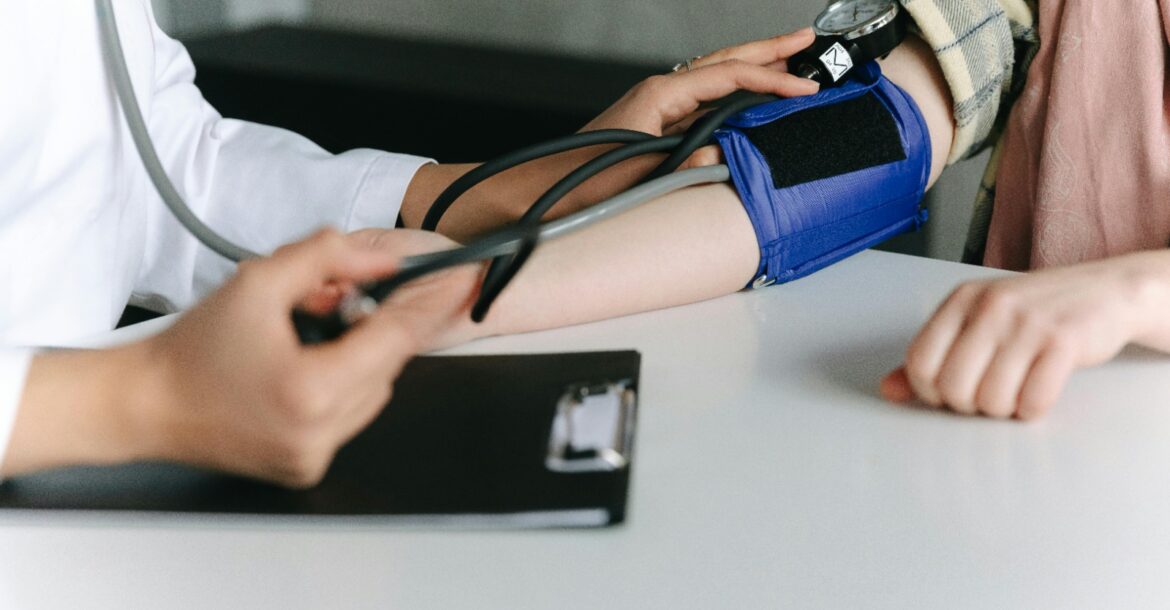MUSCAT : The study, published in The Lancet Child & Adolescent Health, warns that hypertension, long known as “the silent killer”, is now affecting over 114 million young people, many without any visible symptoms.
The peer-reviewed analysis, which examined data from 96 studies across 21 countries, found that the rate of hypertension in those aged under 19 rose from 3.2% in 2000 to over 6.2% in 2020. Alarmingly, an additional 8.2% of children were identified as pre-hypertensive, with blood pressure levels that put them on a dangerous path toward future cardiovascular disease.
Experts say obesity remains the single largest driver of this rapid rise. Nearly 19% of obese children were found to have high blood pressure, compared with fewer than 3% of those with healthy weight. The WHO also reports an escalating obesity crisis: the proportion of overweight children aged 5–19 has jumped from 8% in 1990 to 20% in 2022, with the burden increasingly shifting to low- and middle-income countries in Africa and Asia.
Read More
- Medical team performs Oman’s first artificial heart transplant at Royal Hospital
- 38-year-old Nigerian patient with rare skull base tumour successfully treated at Aster Royal Al Raffah Hospital in complex 11-hour surgery
- Royal Hospital marks milestone with Oman’s first robotic surgery
- Walk your way to better health and happiness
- New DNA-based tool predicts childhood risk of adult obesity, enables early prevention
High blood pressure in childhood is especially concerning because its effects accumulate early. “The nearly twofold increase in childhood high blood pressure should raise alarm bells,” said Prof Igor Rudan of the University of Edinburgh. “Improving screening and prevention efforts now can help reduce long-term complications.”
Doctors warn that hypertension often causes no symptoms until significant organ damage has begun. It can harm the heart, kidneys, eyes and brain, eventually leading to strokes, kidney failure, early dementia and heart attacks, conditions now appearing in younger adults worldwide.
The study also revealed widespread “masked hypertension”, a condition where blood pressure appears normal in clinics but remains dangerously high at home. More than 9% of children fell into this category, leading researchers to call for improved at-home or ambulatory monitoring.
The rise in metabolic disorders among young populations mirrors this trend. In India, a nationwide PharmEasy report found one in two people tested had abnormal blood sugar levels, with diabetes increasingly detected in individuals under 30. Doctors warn that early-life hypertension and high blood sugar together accelerate heart and kidney complications by decades.
A stark example came from Pune, where a 17-year-old boy collapsed with a life-threatening BP of 200/120 mmHg. Doctors traced the episode to obesity, high-salt fast food, and long hours on screens. After two years of treatment and lifestyle changes, he stabilised, but experts say not all cases are caught in time.
Cardiologists stress that while genetics and kidney disease play a role, the global spike in childhood hypertension is primarily a lifestyle issue. “The sharp rise is most likely driven by childhood obesity,” said Prof Bryan Williams of the British Heart Foundation. “Obesity-related high blood pressure can be reversed, but it requires bold government action on unhealthy foods.”
Health specialists urge early interventions: promoting physical activity, reducing ultra-processed foods, improving sleep, and removing stigma around weight. Without action, they warn, today’s children face the risk of heart attacks, strokes, and kidney disease as early as their 20s or 30s.







